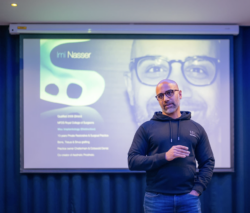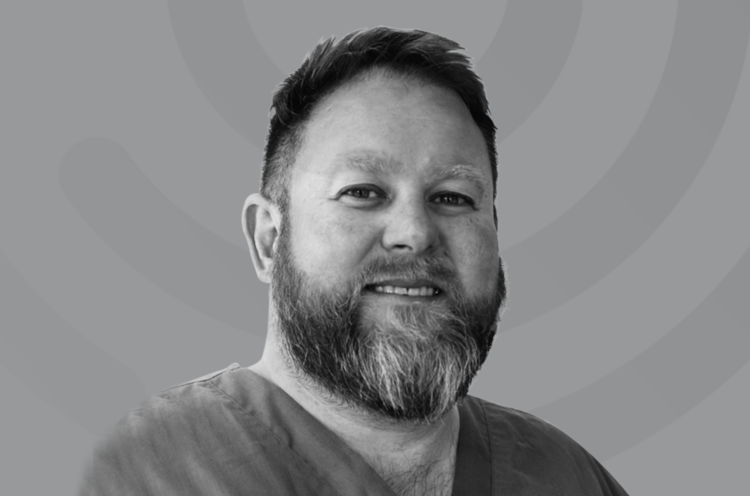Single tooth implant placement in anterior maxilla – part 1
2nd February 2022
3 minute read
In: Implants
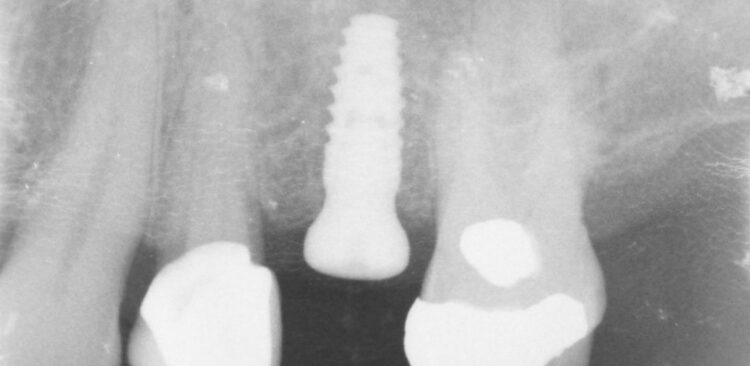
Dr Jonathan Dougherty discusses the planning and surgical aspect of this single implant case with the CONELOG® PROGRESSIVE-LINE implant
Patient presented for single implant case
This 62-year-old male, who was medically fit and well, a non-smoker and a regular attender, presented with a missing space on his UL5 and seeking options to replace his missing tooth which was removed 9 months previous due to a root fracture. The patient had a stable dentition with good posterior support.
Treatment options
We discussed various clinical treatment options with the patient, but their main concern was to restore the space without damaging any of the adjacent teeth.
We presented various options to the patient such as to do nothing and leave the gap. This option left the patient feeling slightly down. A second option was to explore going down the route of dentures, made from either acrylic or cobalt chrome, or a conventional fixed bridge. The patient discounted this as he felt that these options where not suitable for his needs. He was wanting something secure so that he could eat comfortably, but at the same time not damage his teeth. This was very important to him.
It was agreed that an implant with a single crown would be the best option for the patient as it would mean we could provide a fixed long-term option without damaging his teeth. We are aware that 20% of teeth which have had a crown preparation can require root canal treatment after five years and this is something the patient wished to avoid if possible. Thus, a dental implant was the best choice.
Treatment process
As always a thorough examination protocol was followed. We have a checklist proforma which is completed throughout the consultation process. This ensures we collect all the information we need.
This was then followed by a wax up to gain patient approval. It is very important to plan via a restorative approach so that we can place the dental implant in the correct position and thus provide a predictable and acceptable restorative outcome for the patient. Failure to do so, could result in a compromised restorative outcome and an unhappy patient.
Once aesthetics was confirmed we undertook a CBCT with the patient wearing an essix retainer containing a radiopaque tooth based on the agreed wax up. We then selected the appropriate width and height of implant based on bone volume availability. Thorough examination showed sufficient bone availability and no biomaterial was needed for the placement of a CONELOG® PROGRESSIVE-LINE (3.8x 11mm) implant with a healing abutment post placement. We used Vicryl Rapide Sutures post placement.
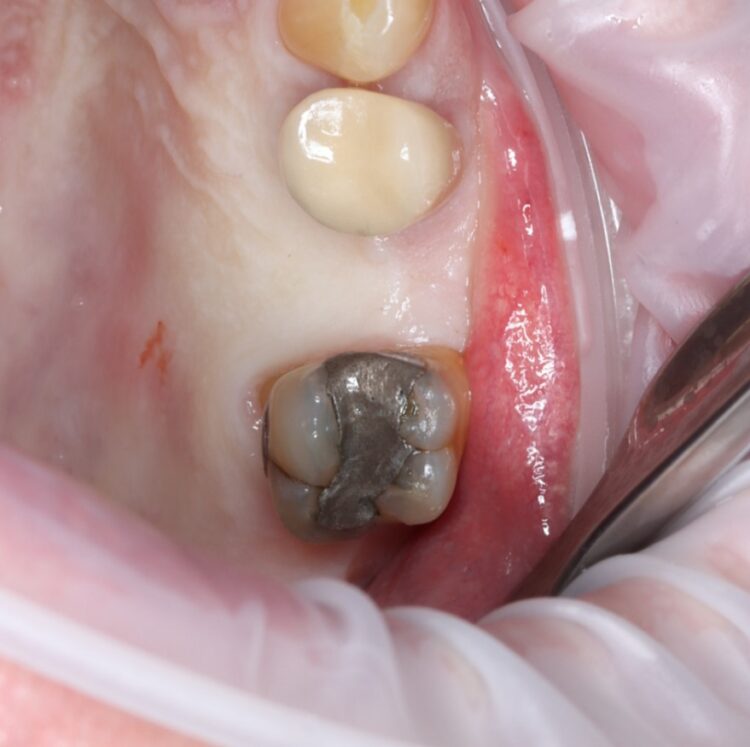
Figure 1 - Missing UL5
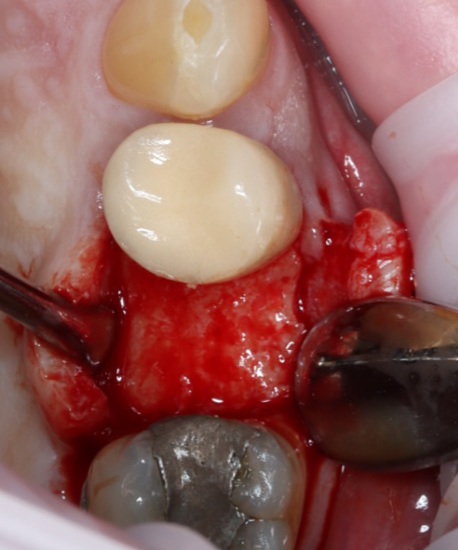
Figure 2 - Initial crestal incision
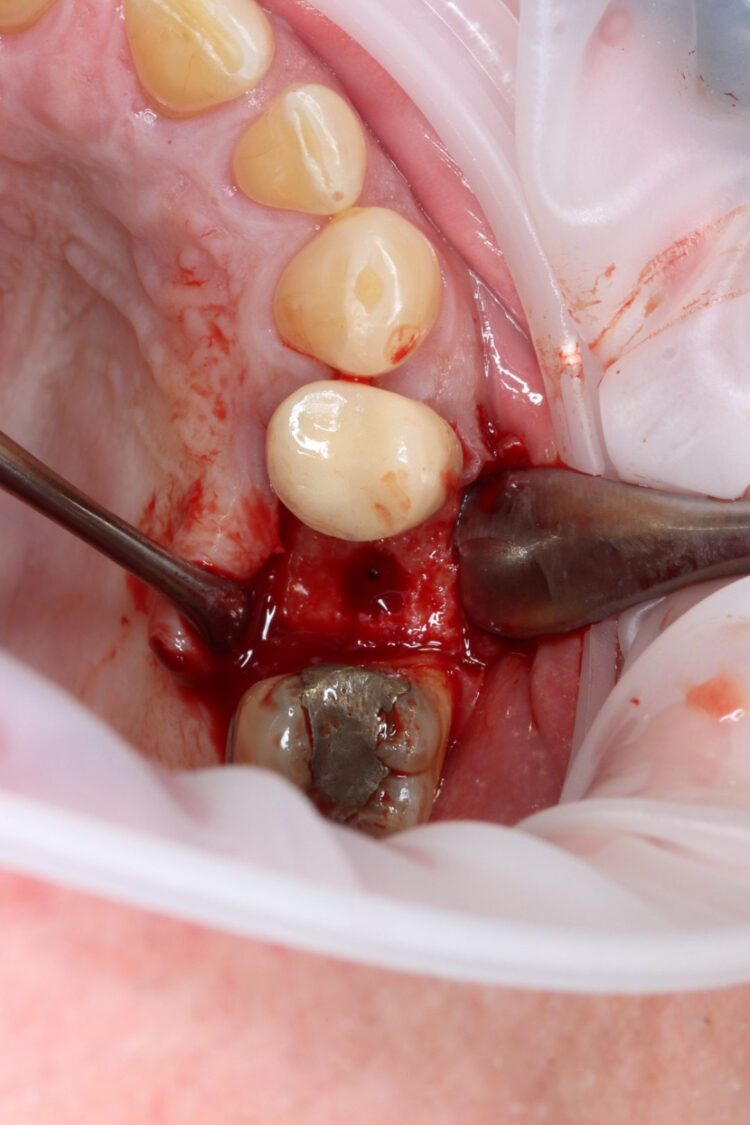
Figure 3 - Completed osteotomy
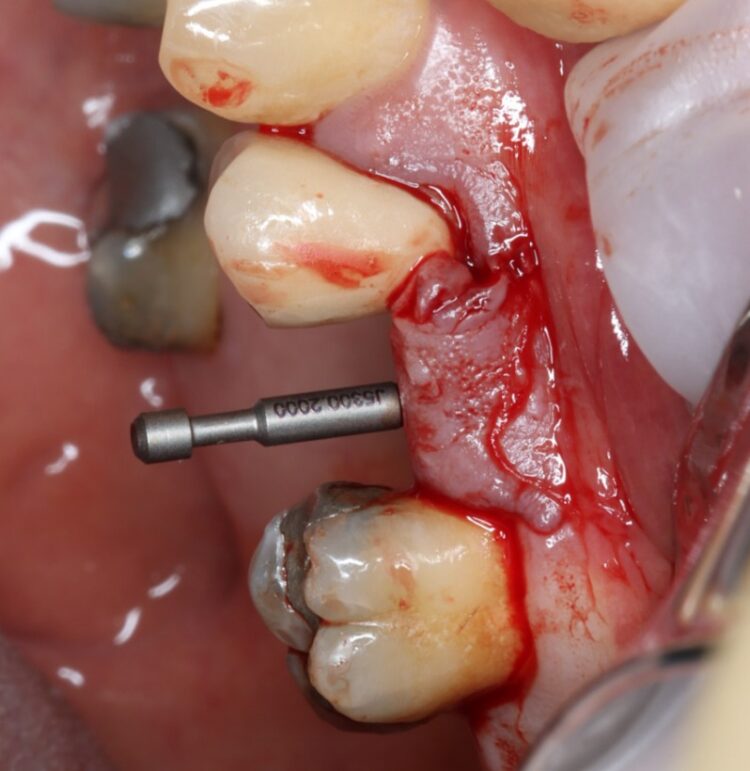
Figure 4 - Guide pin in place to help parallel placement
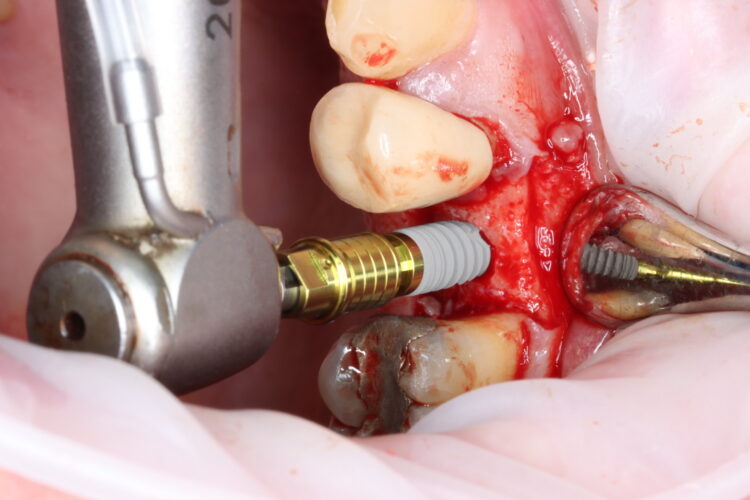
Figure 5 - Conelog implant placement
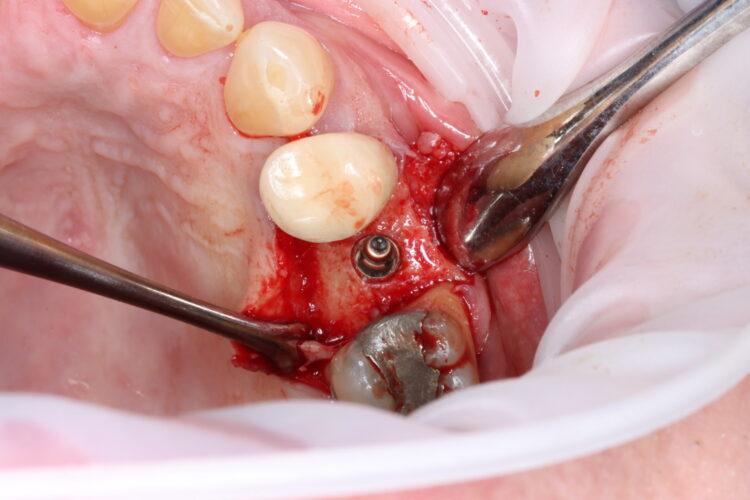
Figure 6 - Post placement 1mm sub crestal
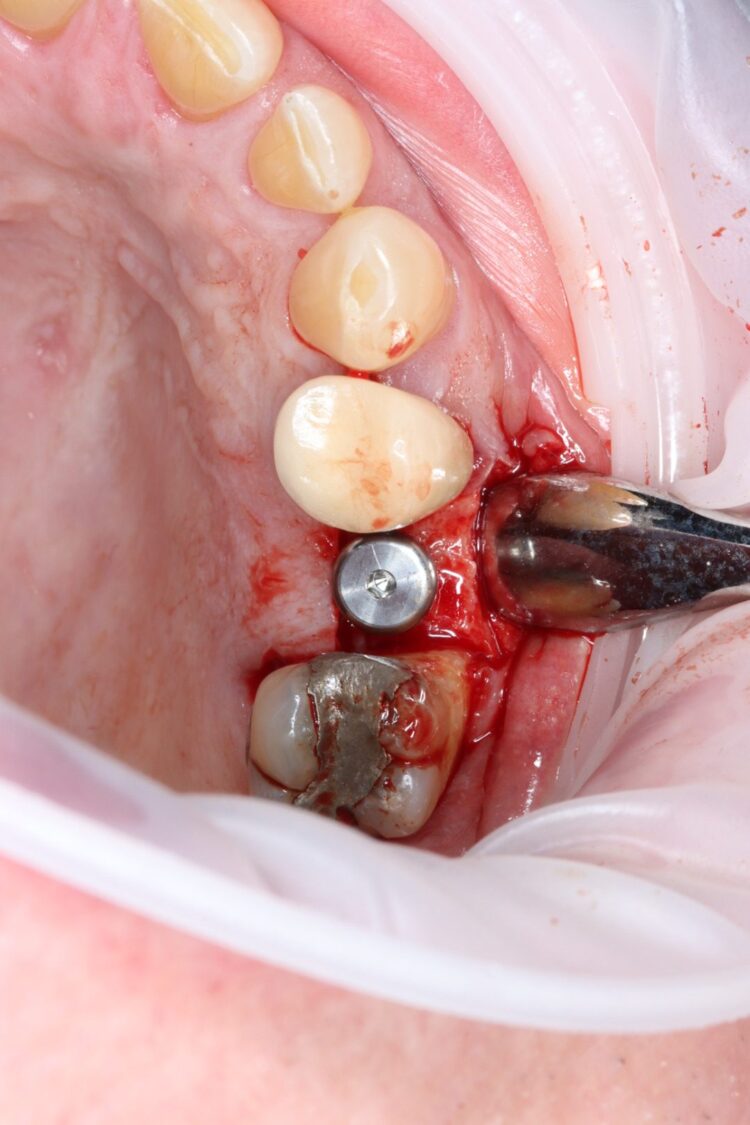
Figure 7 - Healing abutment in place
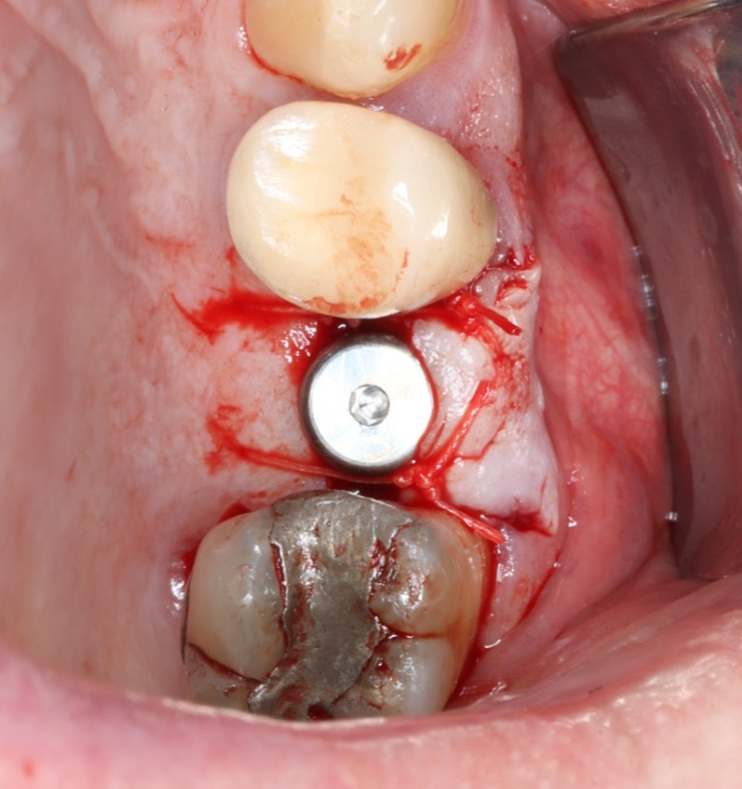
Figure 8 - 2x Vicryl sutures
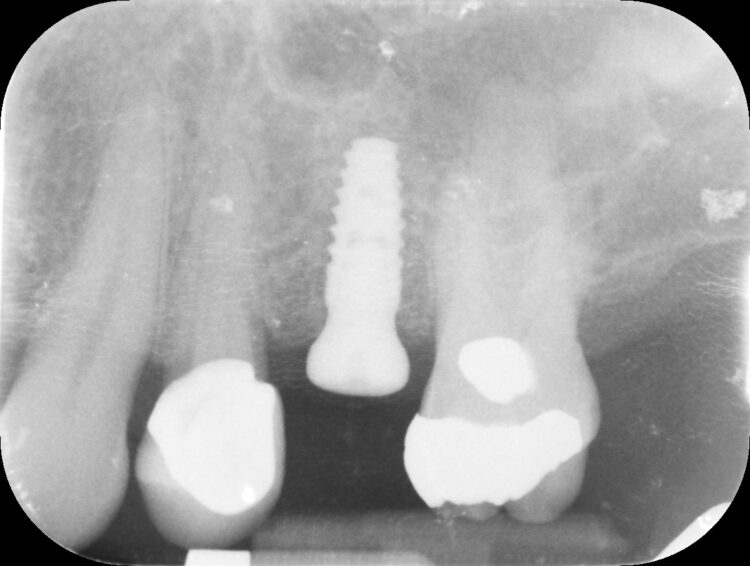
Figure 9 - Radiograph
The result
All implant planning should be restoratively driven, and a comprehensive treatment plan is key for any successful surgical outcome.
Due to the stringent planning protocols we follow, we didn’t observe any difficulties in this case and surgery went well. From the initial implant placement, we will wait 12 weeks before starting to restore the implant crown. At the time of writing this (Jan 2022), the patient is yet to have the final crown fitted, however in our next article we will talk through the restorative elements for this case.
For more information about why Jonathan uses the CONELOG® PROGRESSIVE-LINE implant click here.
Article feedback
Article Author
Bds, Mjdf Rcs Eng, Mfds Rcs Ed, Mfds Rcs Gla, Dip Rest Dent Rcs Eng, Dip Imp Dent Rcs Eng, Dip Pri Dent Rcs Ire Jonathan strives to provide the highest standards of painless and calming dental care for all his patient’s using the most up-to-date technology. He has a particular interest in both implant dentistry and sedation which led him to set up a referral centre in Kilmarnock for the management of anxious patients under IV sedation. He enjoys building strong relationships with his patients in a friendly environment and loves giving them the ability to smile in confidence again. Jonathan is one of the youngest dentists to hold joint awards from the Royal Colleague of Surgeons in Glasgow and Edinburgh. He is also one of a few dentists in Scotland to hold the Prestigious Restorative Diploma from the Royal Colleague of Surgeons London.

In: Implants
Latest Stories
Immediate versus delayed implants – the big decision!
18/07/2024
4 min
Navigating 30 years of dental innovation
29/05/2024
5 min
Unveiling the secrets of dental implant design
01/05/2024
4 min
Implants
Immediate versus delayed implants – the big decision!
18/07/2024
4 min
Navigating 30 years of dental innovation
29/05/2024
5 min
Unveiling the secrets of dental implant design
01/05/2024
4 min
